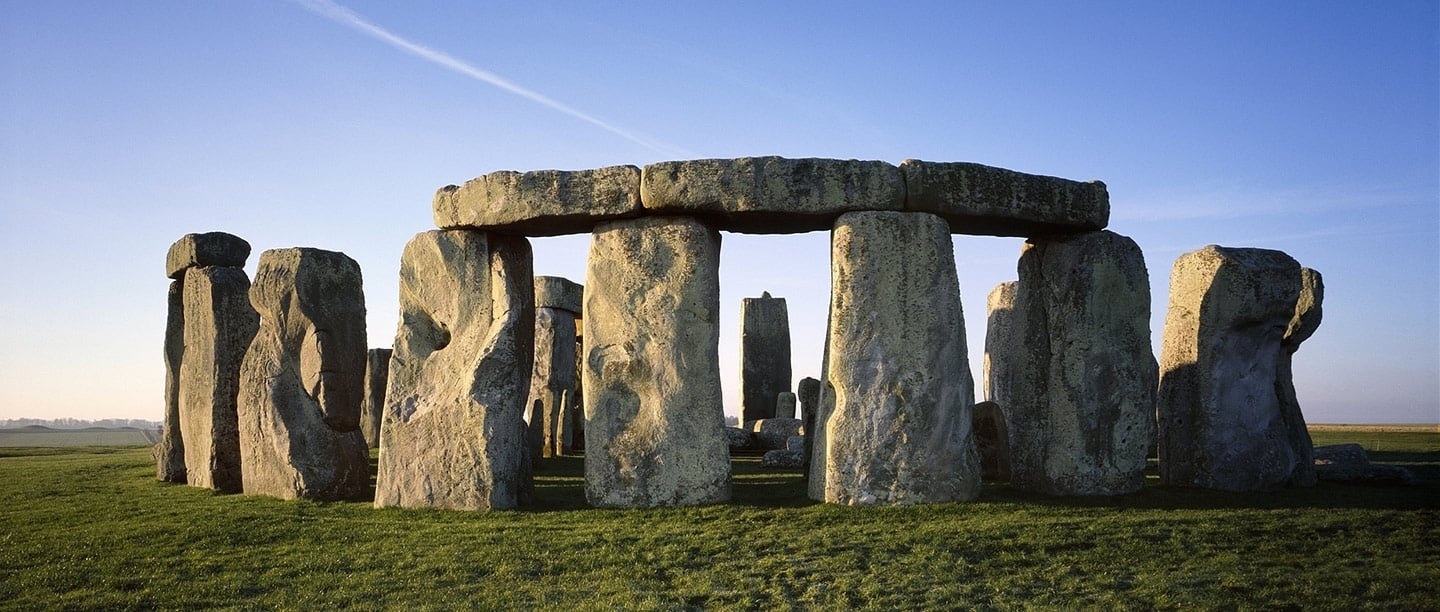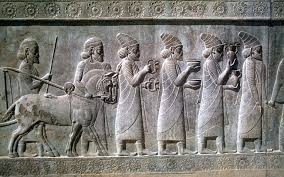Monoliths as Windows into the Past
Monoliths massive stone structures like Stonehenge, Göbekli Tepe, and Easter Island statues offer insight into the spiritual and social lives of prehistoric peoples. These monuments demonstrate that ancient humans were capable of remarkable engineering, cultural expression, and astronomical knowledge.
Purpose and Function
Monoliths served multiple purposes. Stonehenge, for example, aligns with the summer and winter solstices, reflecting a sophisticated understanding of astronomy. Göbekli Tepe likely functioned as a ceremonial site where communities gathered for religious rituals. On Easter Island, the moai statues represented ancestors’ power and protection, reinforcing social cohesion and spiritual belief.
Engineering and Cultural Significance
Constructing these monoliths required collaboration, planning, and advanced techniques. Their creation reflects not only practical skill but also cultural priorities, highlighting the importance of religion, community identity, and observation of natural cycles.
Connection to Astronomy and Ritual
Many monoliths were aligned with celestial events, indicating that prehistoric societies carefully observed the skies. These alignments provided guidance for agricultural activities, religious ceremonies, and societal organization, demonstrating a seamless integration of spirituality and science.
Conclusion
Ancient monoliths reveal the ingenuity, spirituality, and social organization of prehistoric societies. They stand as enduring symbols of humanity’s quest to understand the cosmos, honor ancestors, and express cultural identity through monumental architecture.







